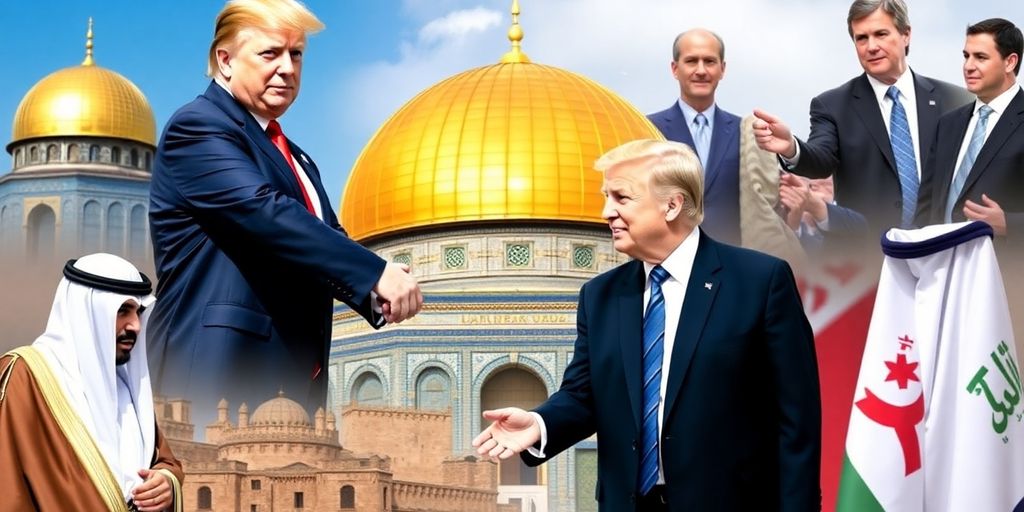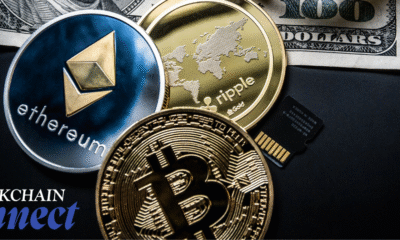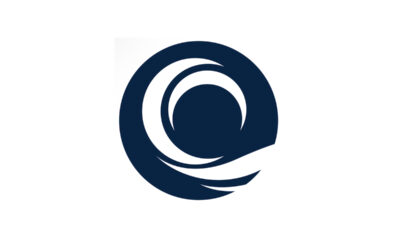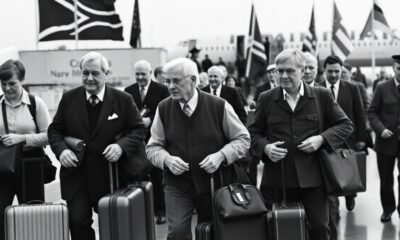Business
Trump’s Middle East Tour: Economic Gains and Diplomatic Challenges

Donald Trump recently concluded a significant four-day tour of the Middle East, visiting Saudi Arabia, Qatar, and the United Arab Emirates. The trip was marked by discussions on economic investments and energy partnerships, but it also highlighted ongoing diplomatic challenges, particularly regarding Iran and the Ukraine crisis.
Key Takeaways
- Trump hailed the tour as historic, emphasizing economic opportunities.
- He imposed a 10% tariff on the three countries visited.
- Diplomatic progress on key issues like Ukraine and Iran remains elusive.
- Trump confirmed plans to meet with Vladimir Putin in the near future.
Economic Opportunities in the Middle East
During his visit, Trump focused on fostering economic ties, particularly in the energy sector. He announced a projected investment of $440 billion from the UAE into the U.S. energy market by 2035. This investment is part of a broader strategy to enhance American energy independence and create jobs.
Trump’s meetings with leaders in the region were characterized by discussions on mutual investments and trade agreements. He expressed optimism about the economic benefits these partnerships could bring to the U.S., stating, "The jobs and money coming into our country, there’s never been anything like it."
Tariffs Imposed on Host Countries
Despite the positive tone regarding economic relations, Trump also confirmed that he imposed a baseline tariff of 10% on all three countries he visited. This tariff is part of his broader trade policy aimed at protecting American industries. The specifics of the tariffs are as follows:
| Country | Tariff Rate |
|---|---|
| Saudi Arabia | 10% |
| Qatar | 10% |
| United Arab Emirates | 10% |
This move aligns with Trump’s approach to trade, which often includes leveraging tariffs as a negotiating tool.
Diplomatic Challenges Persist
While the economic discussions were fruitful, Trump’s tour did not yield significant progress on pressing diplomatic issues. Notably, tensions with Iran remain high, with Trump warning that the situation could escalate if not handled properly. He stated, "The situation will be done nicely or not nicely," indicating a tough stance on Iran’s nuclear ambitions.
Additionally, Trump opted not to attend peace talks in Turkey regarding the Ukraine crisis, instead confirming his intention to meet with Russian President Vladimir Putin soon. This decision has raised questions about the U.S.’s role in international diplomacy, especially in light of ongoing conflicts.
Conclusion
Trump’s Middle East tour was a blend of economic optimism and diplomatic challenges. While he successfully highlighted potential investments and partnerships, the lack of progress on critical issues like Iran and Ukraine underscores the complexities of U.S. foreign policy in the region. As he returns to Washington, the implications of this visit will likely influence future diplomatic and economic strategies.
Sources
-

 Blockchain Technology3 days ago
Blockchain Technology3 days agoBlockchain Beyond Cryptocurrency: 5 Game-Changing Applications You Should Know
-

 Business6 days ago
Business6 days agoDow Jones Drops Over 100 Points Amid Trade Talk Uncertainty
-

 Press Release7 days ago
Press Release7 days agoJason Eastman Joins CV5 Capital, Strengthening Leadership in Digital Asset Funds and Cybersecurity
-

 Business5 days ago
Business5 days agoStock Futures Soar as US-China Trade Talks Yield Positive Results
-

 Business6 days ago
Business6 days agoU.S.-China Tariff Negotiations Resume Amid Economic Uncertainty
-

 African News7 days ago
African News7 days agoTrump Administration to Welcome White Afrikaners as Refugees Amid Controversy
-

 Stock Market7 days ago
Stock Market7 days agoUS Stock Market Faces Critical Test as Economic Data Looms
-

 Government6 days ago
Government6 days agoU.S. Government Launches Self-Deportation Incentive Program for Unauthorized Immigrants















